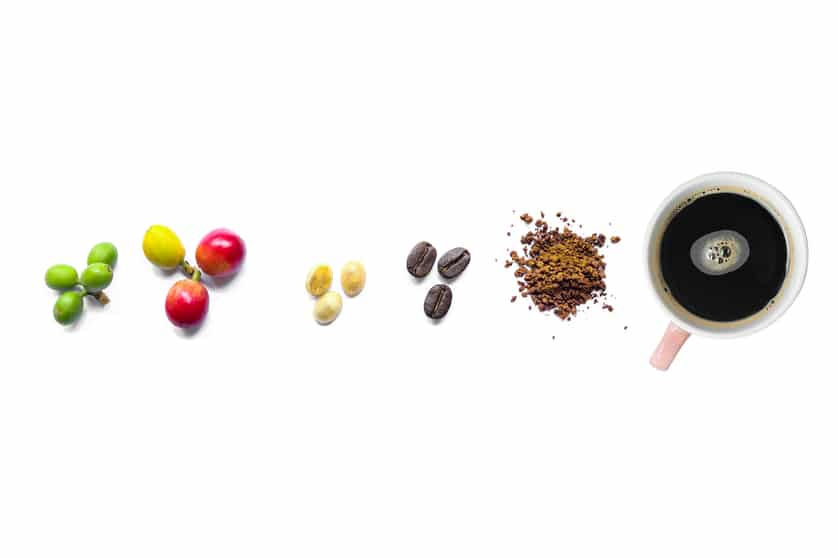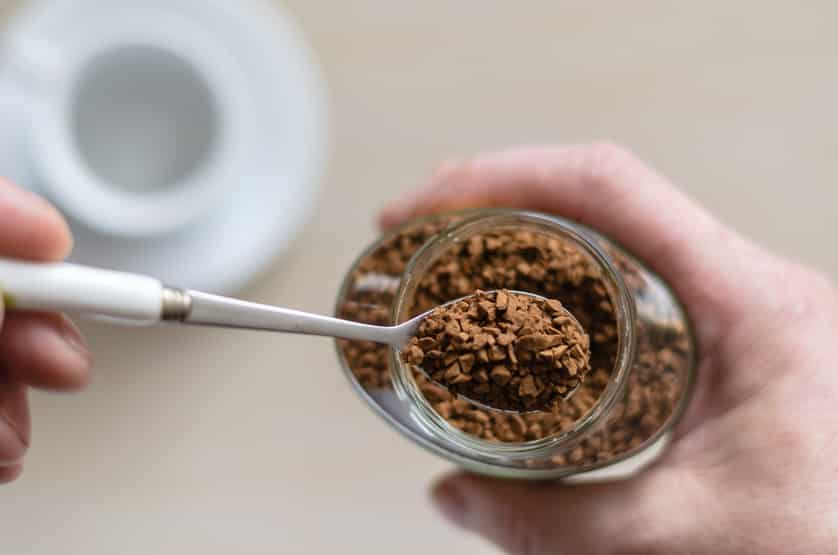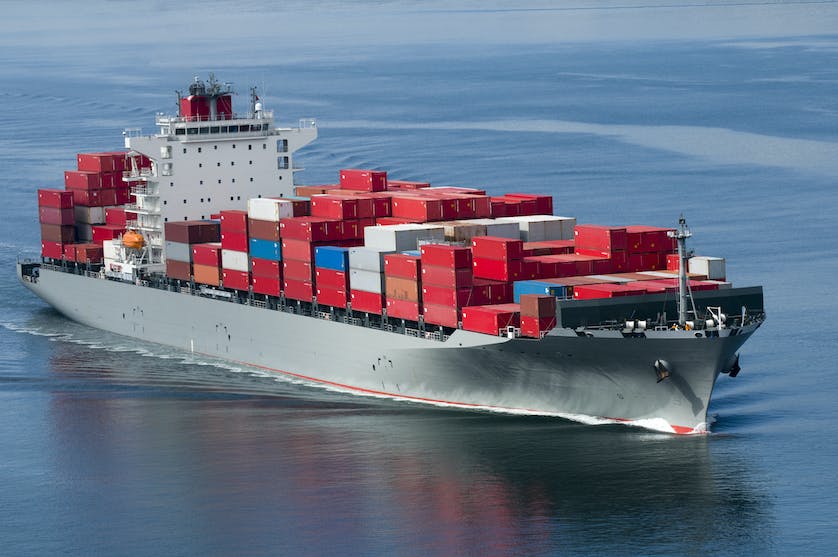Onions. My desire to learn more about my morning coffee is like an onion. Think of Shrek and Donkey on their way to rescue Princess Fiona, and Shrek explaining that ogres are like onions. With lots of layers. Just like my caffeine habit. There is always something more beneath, causing my brow to furrow and eyebrows to rise as I find out a little bit more.
I am not going to stop drinking coffee. Not sure I could live without the delicious, bitter, aromatic, wonderful, run-out-of-superlatives drink. I mean, how else could I start the day? But I am becoming a tad concerned. One hears about coffee plantations replacing forests, exploitation, and environmental issues associated with my morning drink.
So, in the best spirit of a problem shared is a problem halved, here’s where I am. Well, after a quick summary of what I have learnt so far.

It is a drink not just consumed, but beloved by people all over the world. Coffee is big business, worth over $350 billion a year, the second most traded commodity after oil in 2019. The Brazilians are the world’s largest exporters, followed by Vietnam. Finland consumes the most coffee per person, but by volume, the USA is the largest importer. Showing that coffee culture is alive and well here, Thailand imports more than twenty-seven times by value than it exports. And think of coffee culture as social lubrication… but without the hangovers.
Naturally a shade-loving plant, modern agricultural techniques have produced variations that can be grown on large plantations directly under the sun. The first cherries are seen five years after planting and typically harvested over a short period during the dry season. Predominantly grown in developing nations, many countries import the Arabica and Robusta beans to process and sell as roast or instant coffee.
Our household wake-up routine uses instant coffee – the minimum amount of time between the thought, “Oh my God, I need a coffee” to caffeine in the system. But um… what is instant coffee? Is it the same as a coffee shop cup? Or is it different somehow? Of less value? Isn’t it just dried beans? I wasn’t sure and no, it’s not.

Instant coffee is the dehydrated output of industrial-scale bean roasting, grinding, and brewing. What we see in the instant jar are dried coffee crystals or granules. That’s why it works when you add water. Processing can cause the wonderful aroma to be lost, so nitrogen is used to capture the smell and pumped back into the jar at packing time. I must admit, that satisfying “pffffft” and waft when you puncture the seal is still one of life’s simple pleasures. Along with the pop of a wine cork. (Damn screw tops.)
Is there any difference between an instant cup compared to regular? Instant might have half the amount of caffeine per cup (so, two spoonfuls, please). It does have a higher acrylamide amount (a chemical byproduct of the roasting process for all beans) but still below the level for any health concerns. Apart from that, no. It has the same reported health benefits, is comparatively cheaper, and is undoubtedly more convenient.
Rather like “Chateaux Cardboard” wine boxes whose volume, convenience, and price (although not always taste), can act as an entry point into the world of the fermented grape. Ready-to-drink instant coffee introduces more people to the world of the roasted bean. Its convenience helps open new markets where there is no tradition of drinking coffee. China, for example, where the average person would only drink between one and two cups a year. Imagine the demand for coffee if they started drinking two or three cups a day.
Worldwide, more people drink instant than regular, including Thailand, and mainly at home. Coffee culture means no barista worth his salt would sell instant in his or her coffee shop. But they might not be aware that instant coffee is preferred for cooking. While the instant granules are spurned from most cafes, they are likely used in all the cream-covered cakes that sell alongside the hot cups.
So, the good news is my first morning cup is no more detrimental than regular coffee. However, as anxiety and guilt are my normal state, my mind wants to know more, so I can worry properly about something.

Checking the jar, I see it was produced in Korea and arrived here via Malaysia, probably in Bangkok and trucked up to Chiang Mai. It doesn’t say where the beans came from, but even if they originated from South East Asia, say Vietnam, that is still a lot of shipping. And what does an increasing demand for instant coffee mean? More shipping? More plantations for industrial farming in the sun? Greater forest impact? More price pressure on the smaller growers? Less money to the farmers? More waste?
I found a lot of information and statistics on recycling used coffee grounds. Some large roasters feed the waste from the roasting process back into their furnaces to help reduce the cost of running their factories. Someone has even built a car body using the dregs from coffee grinders and roasting.

In the larger coffee shops, we are encouraged to use our own cups with discounts or ensure the branded beakers are recycled. There is a lot of pressure on the larger brands to reduce their environmental impact at the consumer end because it is visible. We can see the problems. But what about the other end of the supply chain? What happens on the farms, much less visible to the consumer?
A coffee cherry is a fruit. The two coffee beans inside are technically seeds, but I will not change how we describe them – way too confusing. The green (before roasting) bean is about 16% of the coffee cherry by weight. Although the cherry is full of sun-powered potential, its chemical composition means that it is not really useful as fertiliser, or anything else for that matter, without additional processing.

The economic realities of a small farmer (by farm size, not stature) mean this extra cost is often not affordable. Putting food on the table, health, education, and even the logistics of getting their beans to market are their priorities. So, the unused material is often just dumped. The same applies to large sun-grown plantations but on a different scale. They just dump more for perhaps other economic reasons, and often out of sight.
As the unused material slowly rots, it releases carbon dioxide. Mycotoxins contaminate the ecosystem of often sensitive environmental areas because of where the coffee plant is grown. But how big is the problem?
The International Coffee Organisation estimates 169 million 60 kg bags of coffee produced this year, so 10 billion kilograms of beans. At 16% of the cherry weight, that means another 52.5 billion kilograms of unused material. That is the equivalent of over one hundred and fifty New York’s Empire State Buildings dumped each year. That is a lot.

This cannot be good. And is anyone doing anything about it?
Oh dear, they say a little knowledge is a dangerous thing. All I wanted was a nice cup of Joe. If only it came from a farm where everyone received a fair wage and benefited from excellent education and healthcare. Shipping used wind-powered boats and electric trucks. Processing came from solar power, and the byproducts and waste turned into something that could save the world. I know, damn namby-pamby liberals. But even so.
Peeling the coffee onion is undoubtedly making my eyes water. Perhaps not yet concerned enough to stop drinking coffee. (Besides, we already have two jars of instant, so we have to finish those first anyway.) But interested enough to find out whether anyone is doing anything about these issues? There are a lot of coffee farmers here in the North. Is anyone looking at this problem in our hills and mountains? Can I do anything? Is there any hope for a guilt-free coffee on the horizon?
Perhaps one more cup, and then, time to peel another layer.
